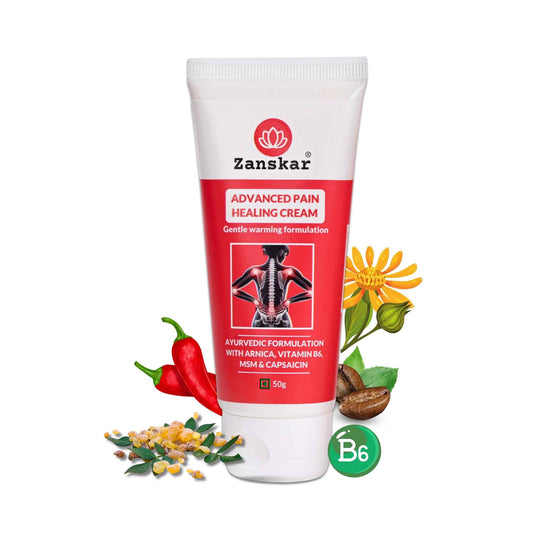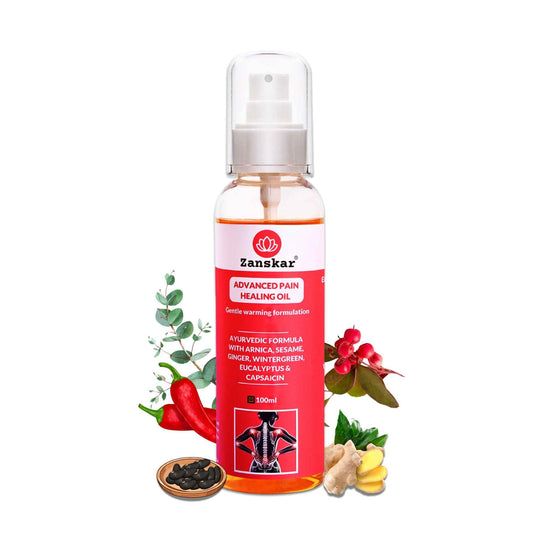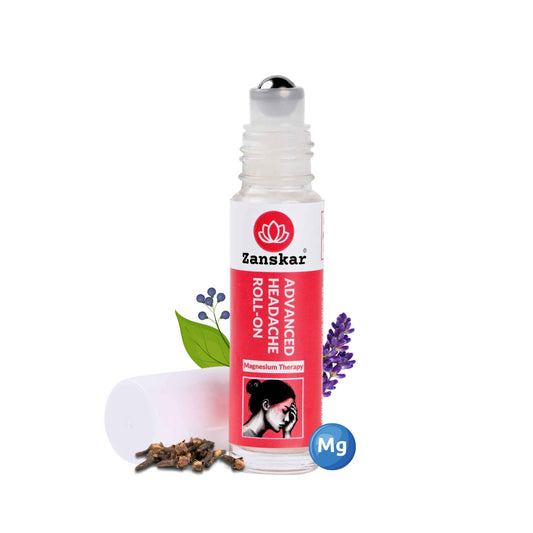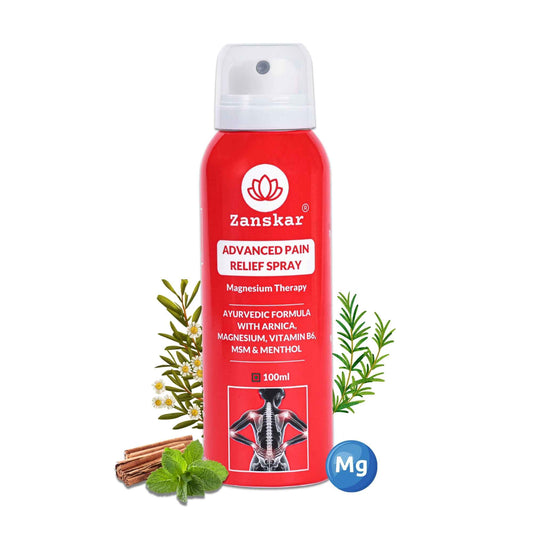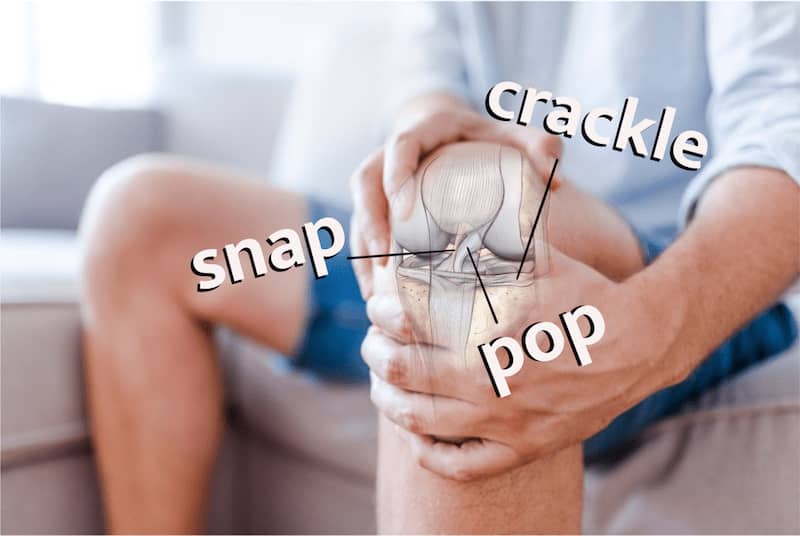
Knee Joint Creaking: Should You Worry?
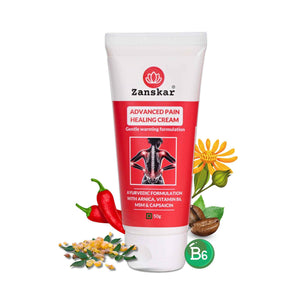
Many of us have experienced it at some point – that unsettling creaking sound when we bend or extend our knees. Knee joint creaking, medically known as crepitus, can be a cause for concern for some individuals. In this article, Zanskar Health experts shed lights on the various factors behind knee joint creaking and shed light on whether it is something to worry about or not.
Understanding Knee Joint Creaking
Knee joint creaking refers to the audible sound or sensation that occurs when the knee is moved. It can manifest as a cracking, popping, grinding, or crunching noise. While it may be disconcerting, it is often a benign phenomenon and not necessarily indicative of an underlying problem.
Common Causes:
• Air or gas bubbles: When you hear a popping or cracking sound, it could be due to the release of air or gas bubbles from the synovial fluid surrounding the knee joint. This can happen when you move your knee after it has been stationary for a while.
• Tendon or ligament movement: The knee joint is supported by various tendons and ligaments. When these structures move slightly out of place, they can generate creaking sounds. This is particularly common during activities that involve bending, such as squatting or climbing stairs.
• Cartilage changes: Over time, wear and tear or age-related degeneration can affect the knee’s cartilage. This may lead to roughening or uneven surfaces within the joint, causing the characteristic grinding or crunching sounds.
When to Seek Medical Attention
In most cases, knee joint creaking is harmless and not a cause for concern. However, there are instances where medical evaluation may be necessary:
• Pain or swelling: If you experience persistent pain, swelling, or instability along with knee joint creaking, it may indicate an underlying issue that requires medical attention. These symptoms could be signs of conditions such as osteoarthritis, meniscus tears, or ligament damage.
• Limited range of motion: If the creaking is accompanied by a reduced range of motion in your knee or if you are unable to fully straighten or bend it, consulting a healthcare professional is recommended.
• Locking or catching sensations: If you feel your knee locking or catching during movement, it may signify a mechanical problem within the joint, such as loose cartilage or a meniscus tear. Seeking medical advice is advisable in such cases.
Taking Care of Your Knees
Maintaining good knee health is essential for preventing potential issues. Here are a few tips to keep your knees in optimal condition:
• Exercise regularly: Engage in exercises that strengthen the muscles around the knee, such as quadriceps and hamstring exercises. This helps stabilise the joint and provide support.
• Maintain a healthy weight: Excess weight places additional stress on your knee joints, increasing the risk of wear and tear. Aim for a balanced diet and maintain a healthy body weight.
• Avoid excessive impact: High-impact activities like running or jumping can strain the knees. Consider incorporating low-impact exercises, such as swimming or cycling, into your fitness routine.
Here are some exercises to strengthen the muscles around the knee:
1. Quadriceps Strengthening
- Straight Leg Raises: Lie flat on your back or sitting against a cushion. Lift the straight leg off the ground. Hold for a few seconds and slowly lower it back down. Repeat on each leg.

2. Hamstring Strengthening
- Hamstring Curls: Lye flat on your stomach on a mat or bed Bend one knee, bringing your heel toward your buttocks, and then slowly lower it back down. Repeat with the other leg.

3. Calf Strengthening
- Calf Raises: Stand with your feet hip-width apart and rise up onto your toes, lifting your heels off the ground. Hold for a second and then slowly lower your heels back down.

4. Gluteal Strengthening
- Clamshells: Lie on your side with your knees bent and stacked on top of each other. Keeping your feet together, open your knees like a clamshell while keeping your feet touching. Repeat on each side.

Key Takeaways
Knee joint creaking is a common occurrence and is often harmless. The occasional cracking or popping sounds during knee movement are typically nothing to be worried about. However, if you experience pain, swelling, limited range of motion, or other concerning symptoms, it is advisable to consult a healthcare professional. By taking proactive measures to maintain good knee health, you can reduce the risk of developing knee-related issues and maintain an active lifestyle.
Learn More About Zanskar Health
If you have joint or muscle pain that makes it hard to move, Zanskar offers the most advanced full stack pain relief solutions for you.
Now available to purchase, Zanskar® Advanced Pain Healing Cream has a unique formulation of natural ingredients like Arnica, Vitamin B6, MSM and Capsaicin, which is trusted by over 20L+ pain sufferers globally. It provides lasting relief from muscle and joint discomfort that you can feel good about. Get your fix before stocks run out - buy now.
You can also gain access to therapeutic exercises and stretches for your condition by downloading the Zanskar Health physiotherapy mobile app. Additionally, you’ll have a personal care team to guide, support, and tailor our program to you, including behavioral and nutritional coaching.
Download our mobile app here 👉 download and track your exercise streak.
Medical Review: This article is written by Dr Nishtha Mittal (Senior Health Content Editor at Zanskar Health) and has been medically reviewed by Dr Rashi Goel (Senior Physiotherapist at Zanskar Health). This article and its contents are provided for educational and informational purposes only and do not constitute medical advice or professional services specific to you or your medical condition.




